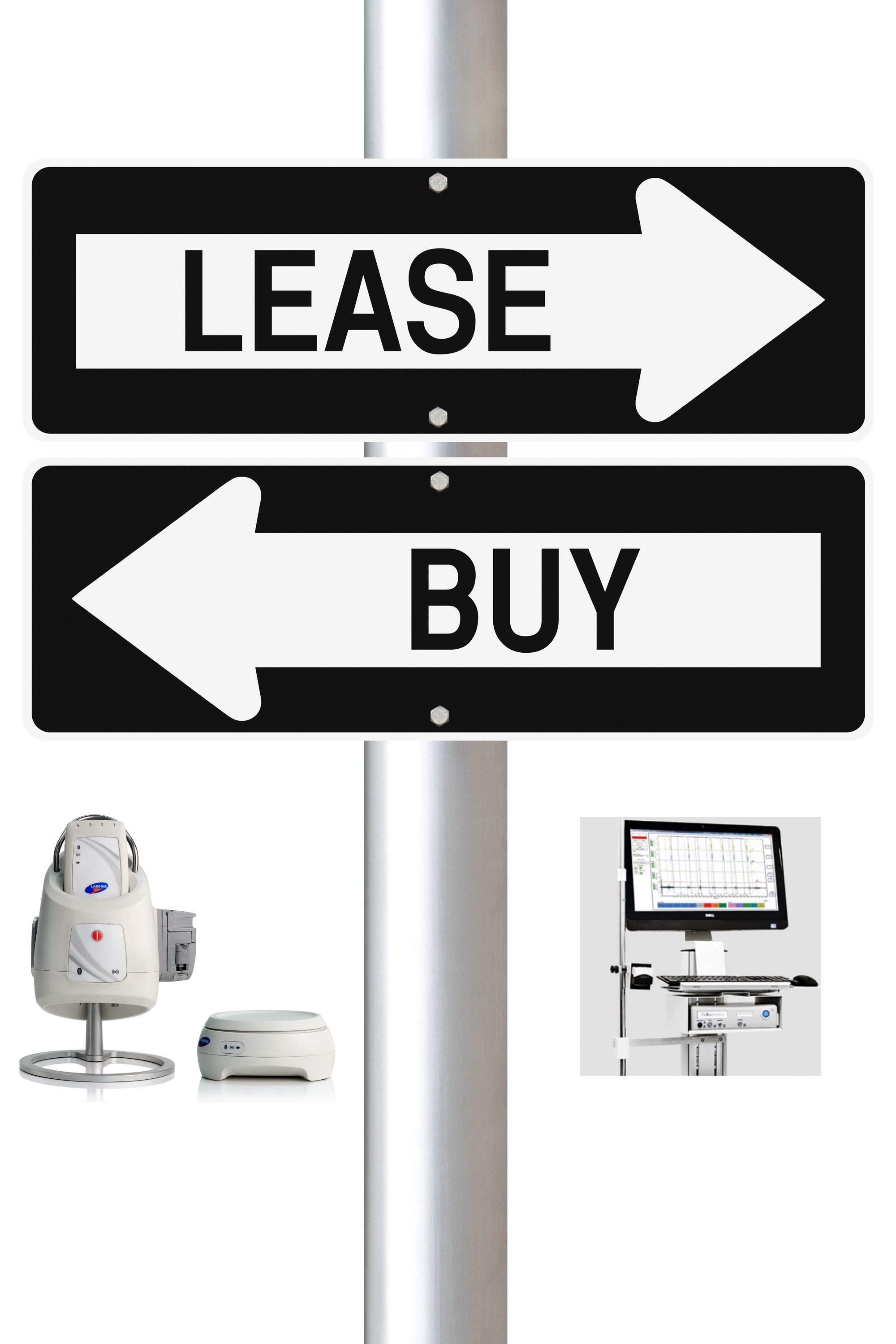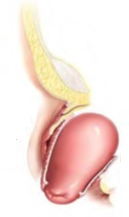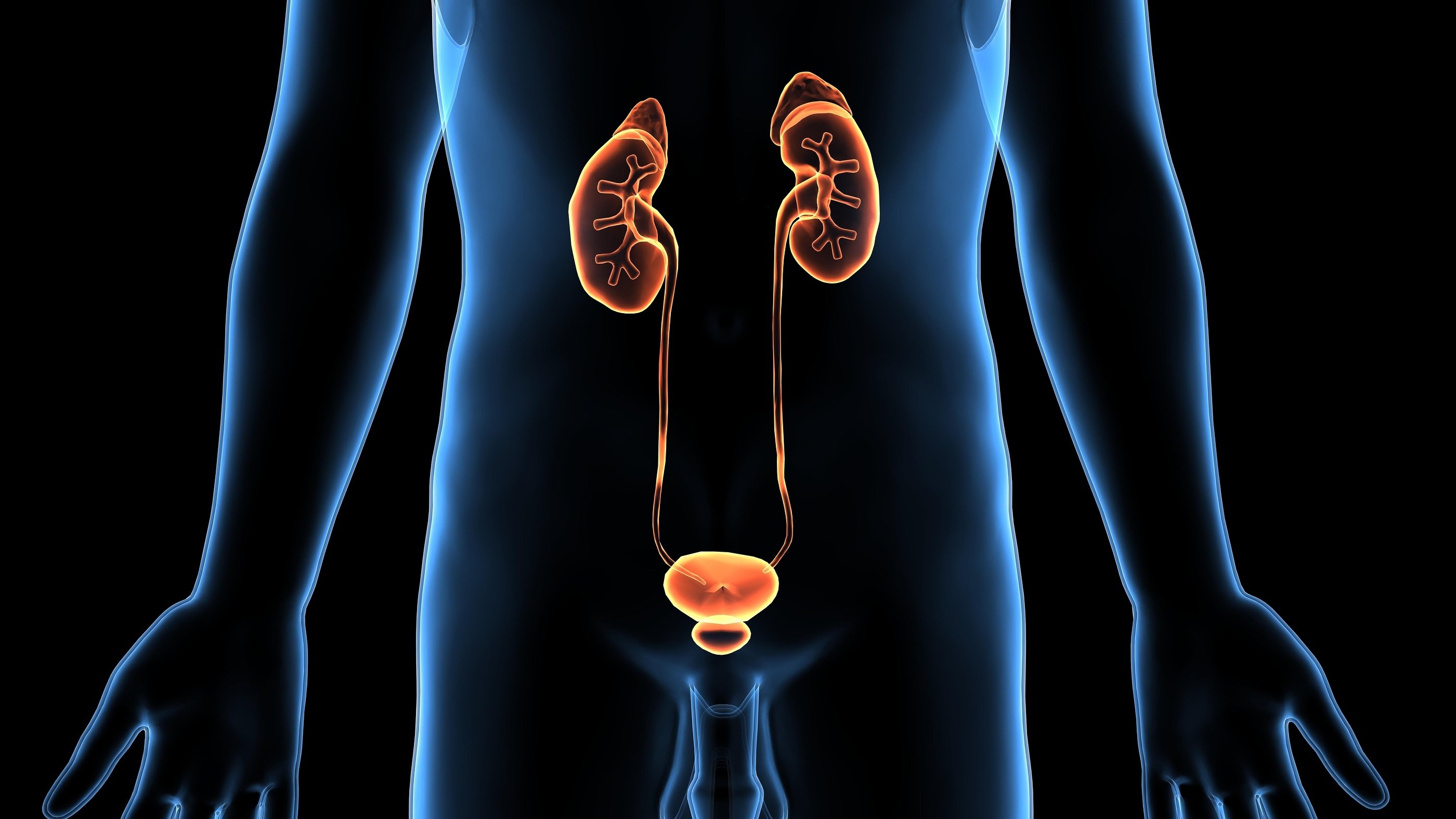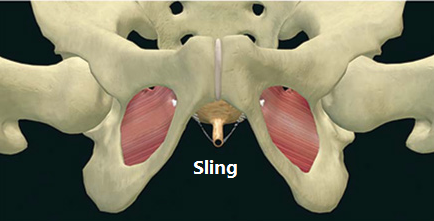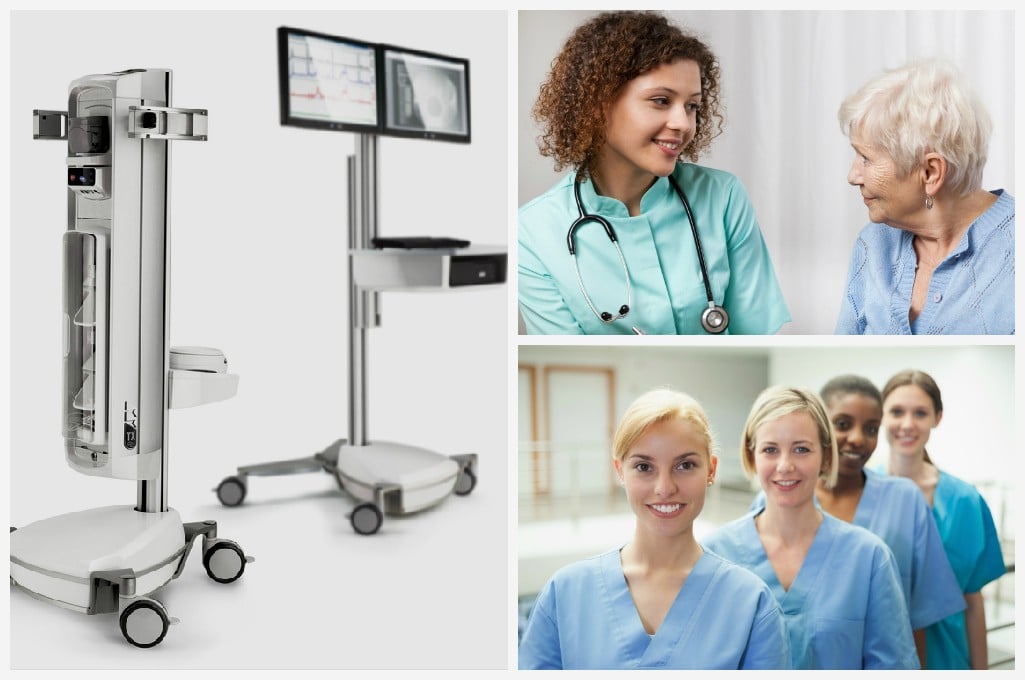Multiple practices and hospitals regularly reach out to us with their urodynamics needs. Many face the same dilemma, which is…should they buy their urodynamics equipment, lease it, or use a urodynamics service provider. These are all viable options, but they have very different costs and benefits. Some of the costs and benefits are obvious and some are not. We will discuss these in this post.
Urodynamics Equipment: Buy vs. Lease vs. Service Provider
Urodynamics testing is one of the most powerful tools available for diagnosing problems in the lower urinary
tract. However, urodynamics interpretation is as much an art as it is a science. Here, common mistakes that are made during urodynamics interpretation1 will be discussed. Also, check our article on Urodynamics Interpretation: How to do it Right.
Topics: urodynamics interpretation
Pelvic Organ Prolapse (POP) is a condition for which it is estimated that up to 11% of women1 will undergo surgery in order to correct associated symptoms, such as urinary incontinence, by the time they reach 85 years of age. Many tools are used for diagnosing POP, one of which is urodynamic assessment. Here, Pelvic Organ Prolapse and urodynamics will be extensively discussed.
Topics: urodynamics, pelvic organ prolapse
Urodynamic testing is the best way to diagnose disorders of the lower urinary tract. However, many urodynamic technicians and doctors have never received formal training regarding the multiple tests and data interpretation.
In a 2002 survey1 of 192 North American urodynamics services, less than 20% of respondents reportedly received formal training.
While the techniques themselves are easy to master, urodynamics interpretation can be more difficult. How to do it the right way will be described here.
Source: BigStockPhoto.com (Paid Image)
Topics: urodynamics interpretation
Video Urodynamics vs. Traditional Urodynamics: A Comparison
Although urodynamic testing has been an important tool in diagnosing disorders of the urinary tract1, the tests and techniques have undergone minimal changes in the past few years. One recent development that has changed the way urologists, primary care physicians, and gynecologists diagnose disorders of the bladder and urethra is video urodynamics. Here, video urodynamics and traditional urodynamics are compared.
Topics: urodynamics, video urodynamics
Bladder cancer is an increasingly common phenomenon, particularly among male smokers aged 55 and older. More than 70,000 Americans1 are diagnosed with bladder cancer yearly, and that number is expected to continue to rise. When detected early, bladder cancer is highly treatable with chemotherapy, radiation therapy, and surgery. Urodynamic testing is one way that bladder cancer can be detected when lower urinary tract symptoms are experienced.
Topics: urodynamics, Bladder Cancer
Urodynamics in Benign Prostatic Hyperplasia (BPH) Patients
One of the most prevalent prostate ailments in aging men is benign prostatic hyperplasia (BPH), also known as an enlarged prostate. Men over the age of 50 have a 50% chance of developing BPH, while 90% of men over 80 years of age have this problem. Urodynamics in benign prostatic hyperplasia (BPH) diagnosis will be discussed here.
Topics: urodynamics, Benign Prostatic Hyperplasia
Sling Procedures are not a new phenomenon; after all, the original Sling Procedure was performed in 1907 by Von Giordano utilizing a gracilis muscle graft around the urethra. Since then, a number of improvements have been made to the Sling Procedure, particularly in the past 15 years. Sling Procedures over the last decade will be summarized here.
Topics: urinariy incontinence, incontinence
Air Charged and Water Charged Urodynamic Catheters – A Comparison
Urodynamic1 testing involves a series of tests that measure the functioning of the lower urinary tract in men and women. It is the gold standard for diagnosing issues related to urine leakage, frequent urination, painful urination, difficulties starting a urine stream, inability to completely void the bladder, and recurrent urinary tract infections.
Topics: urodynamic catheters
10 Things a Patient Should Do Before a Urodynamics Test
If you are a healthcare provider and are looking to improve your urodynamics testing operations, please click the link below. (You must be afficliated with a hospital or medical practice to reveive the white paper.)
A patient undergoing a urodynamics test may experience anxiety and uncertainty towards his or her upcoming appointment. The following are 10 things a patient should do before a urodynamics test. (Note: the below are general recommendations. Any patient reading this should consult with their health care provider for specific recommendations.)
Topics: urodynamics


